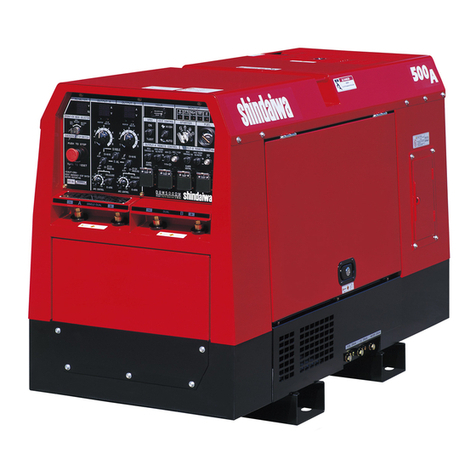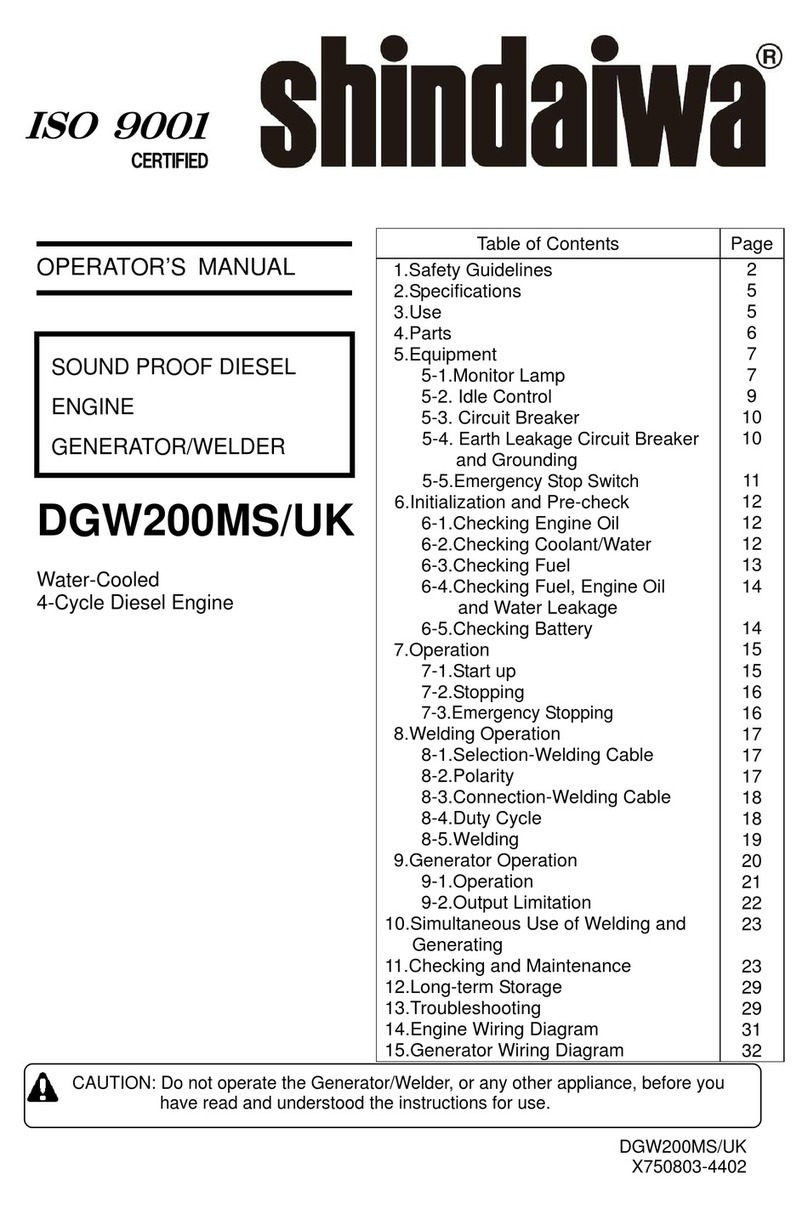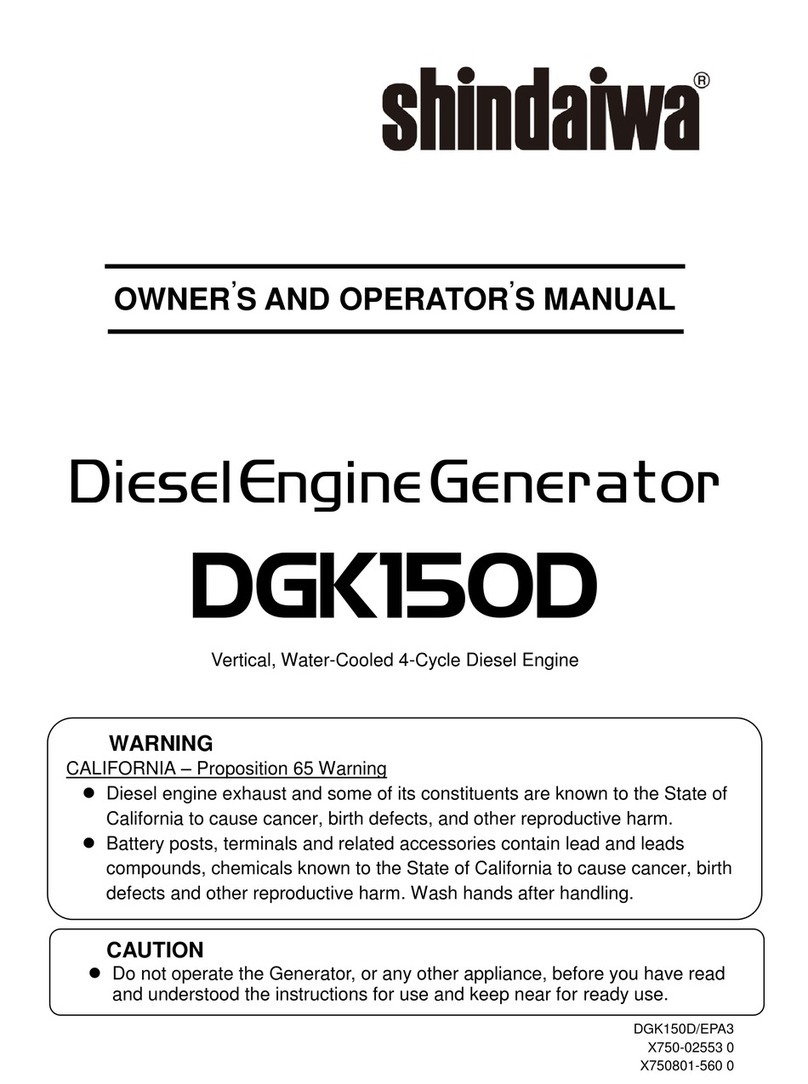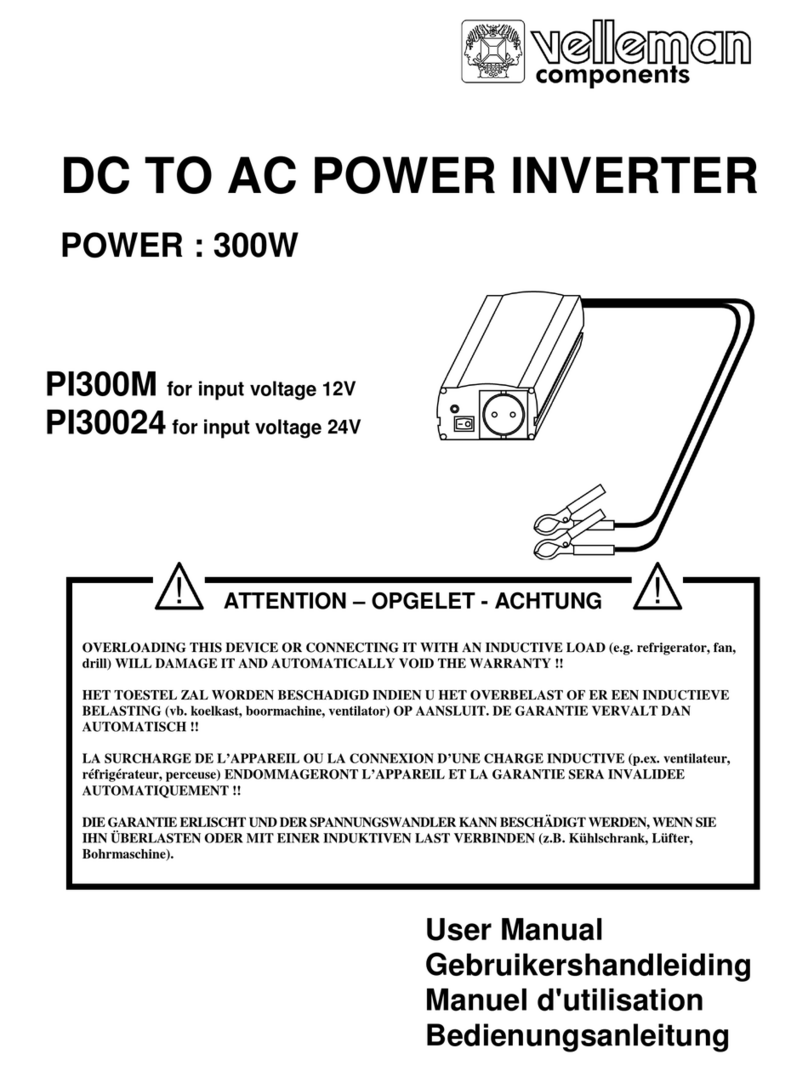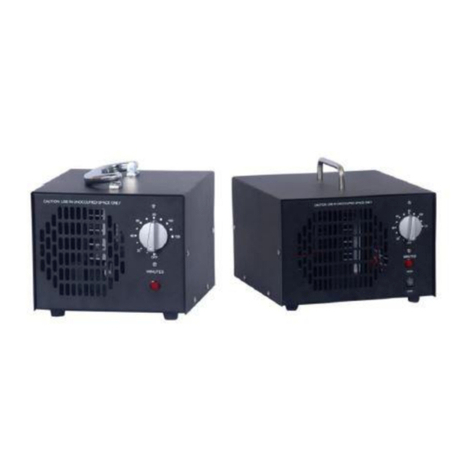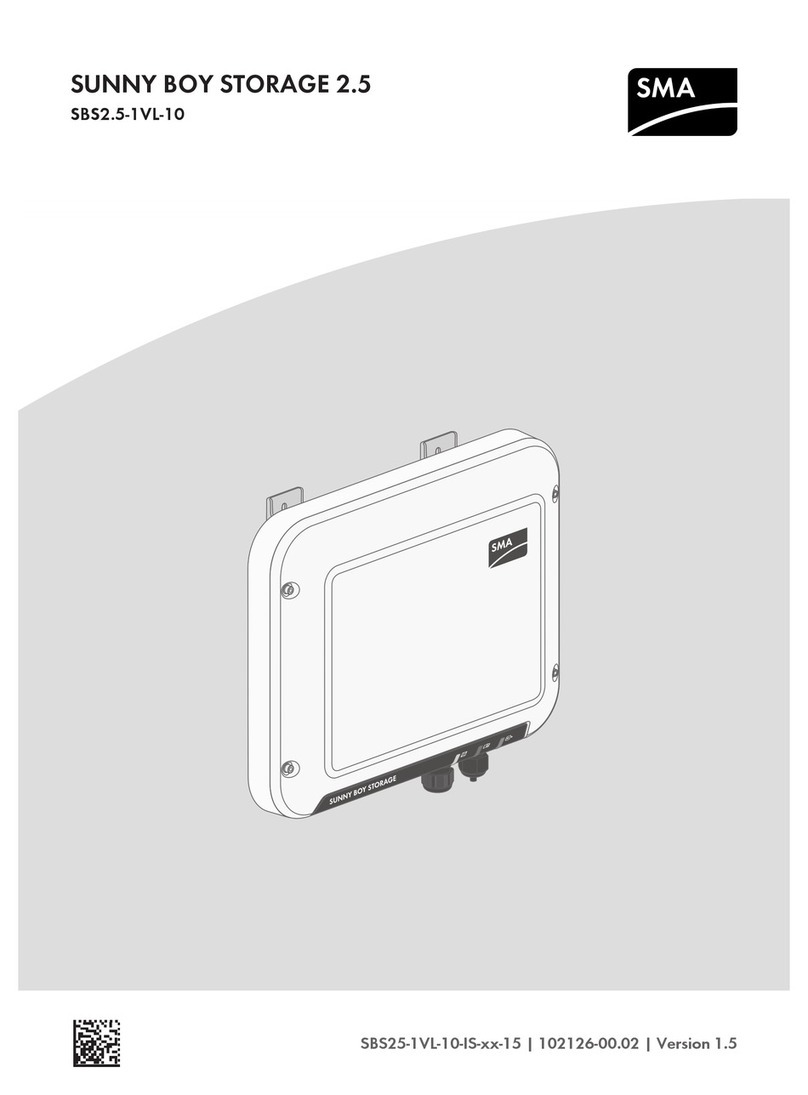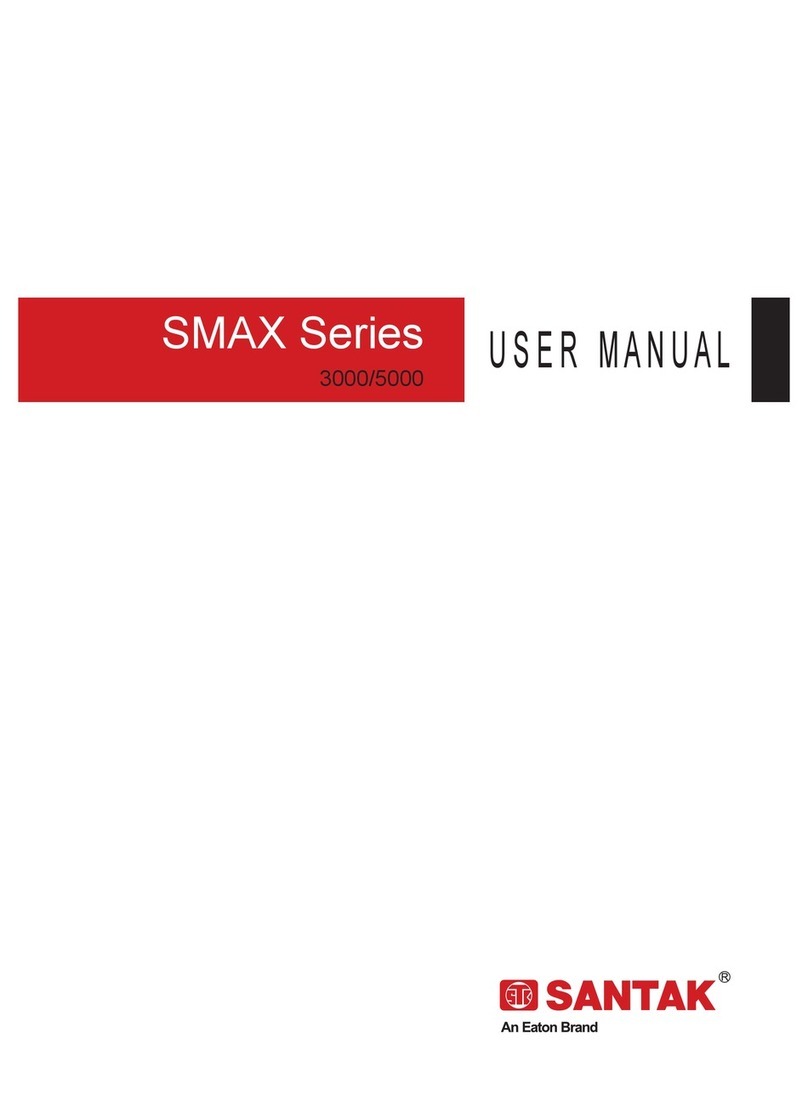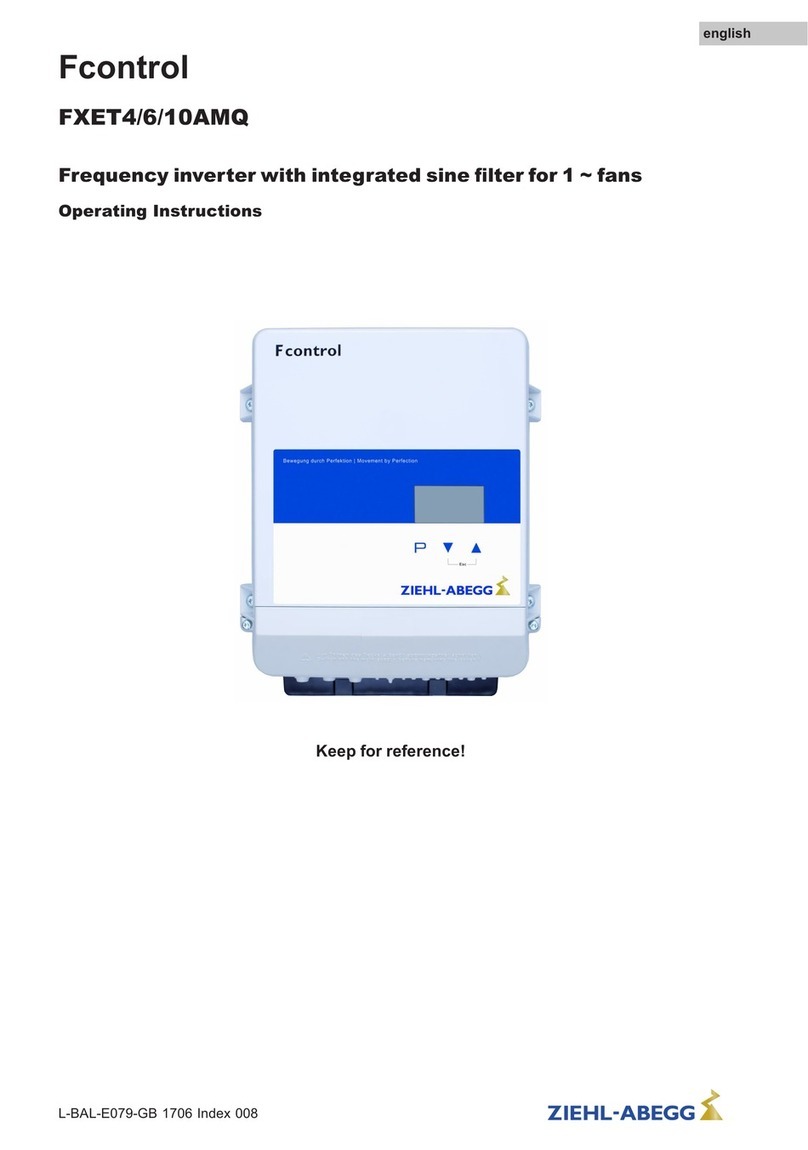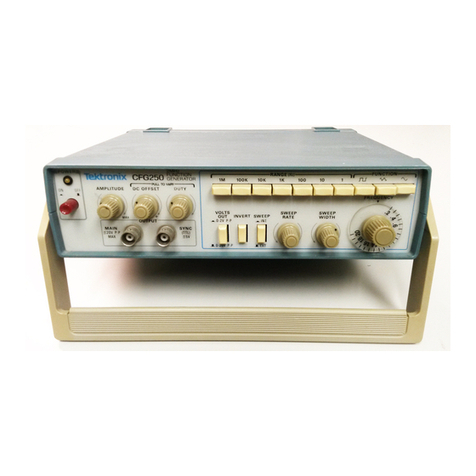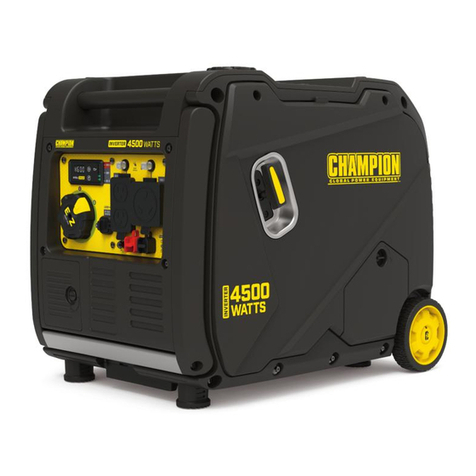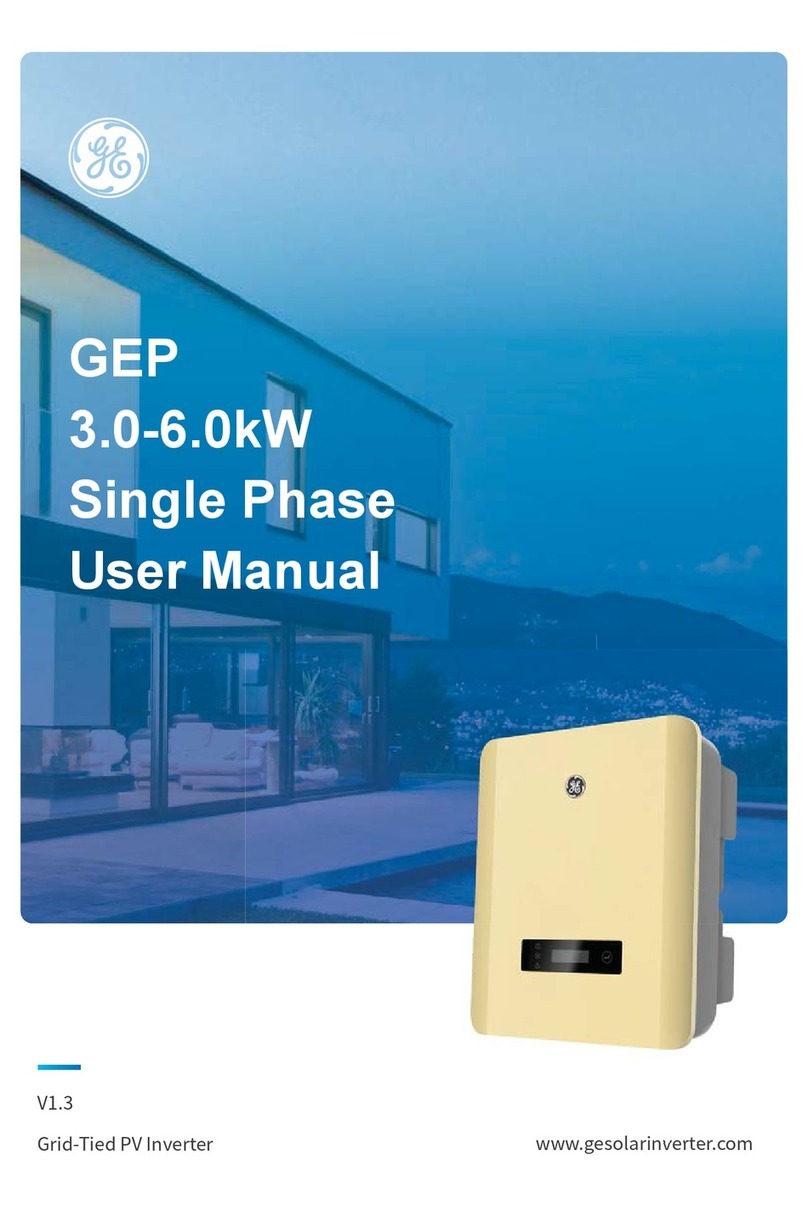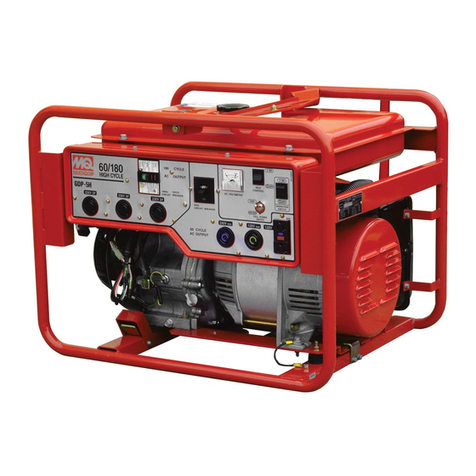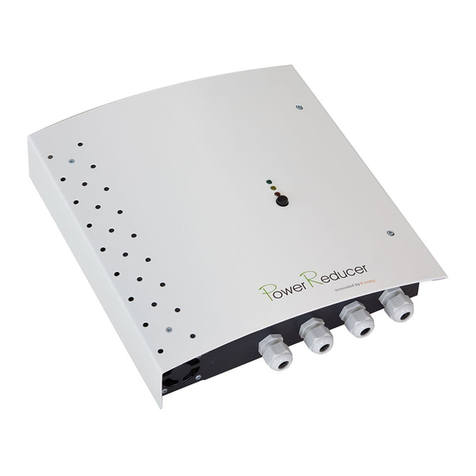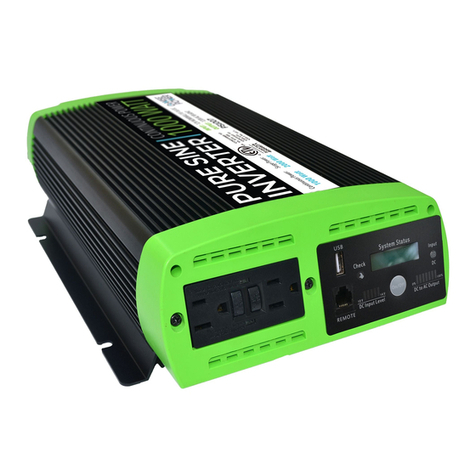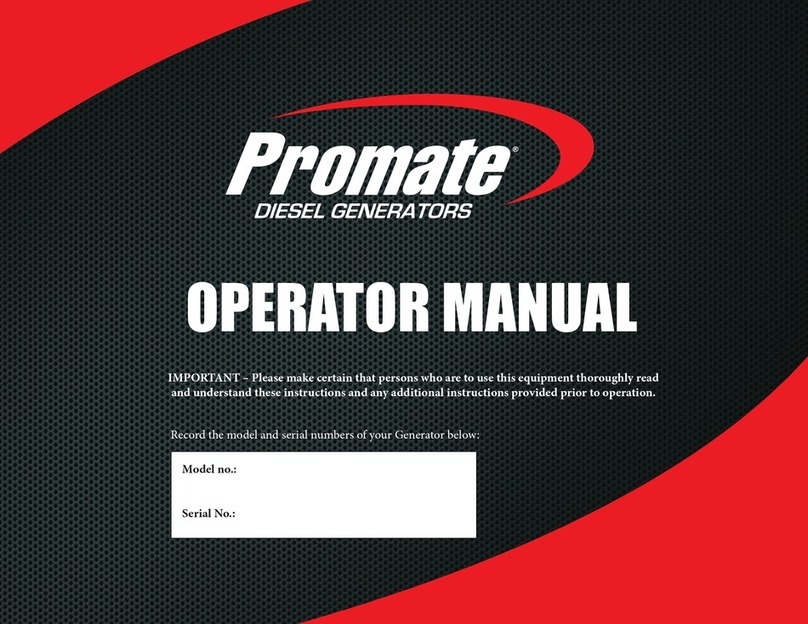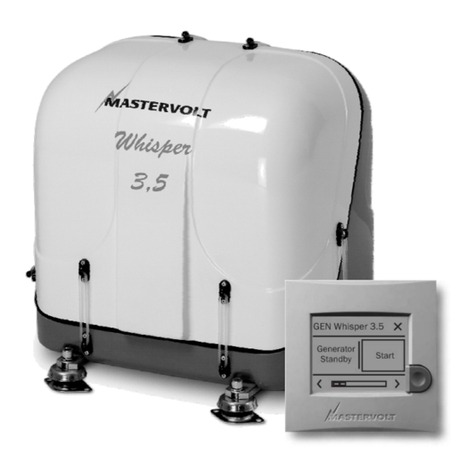
2
Before performing any equipment check or maintenance, stop the
engine, and remove the engine key. A person performing the
maintenance should always keep the key.
Danger : Injuries
Close all doors and place locks during operating this equipment, to avoid
injuries by unintentionally touching cooling fan and fan belt.
Caution : Suffocation from exhausting fume
Do not point the exhaust fume toward pedestrians or building.
Caution : Injuries to eye and skin
Battery fluid contains diluted sulfuric acid. Avoid contact with eyes, skin
or on clothing. If the acid comes in contact, especially with eyes, flush
with a lot of water, and contact your physician immediately.
Caution : Explosion
Do not use the equipment or charge the battery, in the case the battery
fluid level is lower than the LOWER level.
Battery may emit some combustible gas, so keep it away from fire and
sparks.
Caution : Fire
The equipment uses Diesel Oil as a fuel. When refueling, always stop
the engine and keep away from fire. Moreover, always wait until the
engine cools down before refueling.
Always wipe any drip of Diesel fuel or lubrication oil. Do not use this
equipment when a leak is found. Repair the equipment before use.
Temperature around muffler and exhaust can get extremely high. Keep
any inflammable items (such as fuel, gas, paint, etc.) away from the
equipment.
Always operate this equipment on flat surface and, at least 1 meter away
from any objects (wall, box, etc.).
Do not connect AC output to any indoor wiring.
Always wait until the equipment cools down, before placing any covering
materials for storage.
Caution : Burns
Never open the radiator cap during operation or just after engine stops
as hot vapor may belch out.
Do not touch the engine and muffler during operation and immediately
after stopping the equipment, for the temperature can reach extremely
high.
㻌
